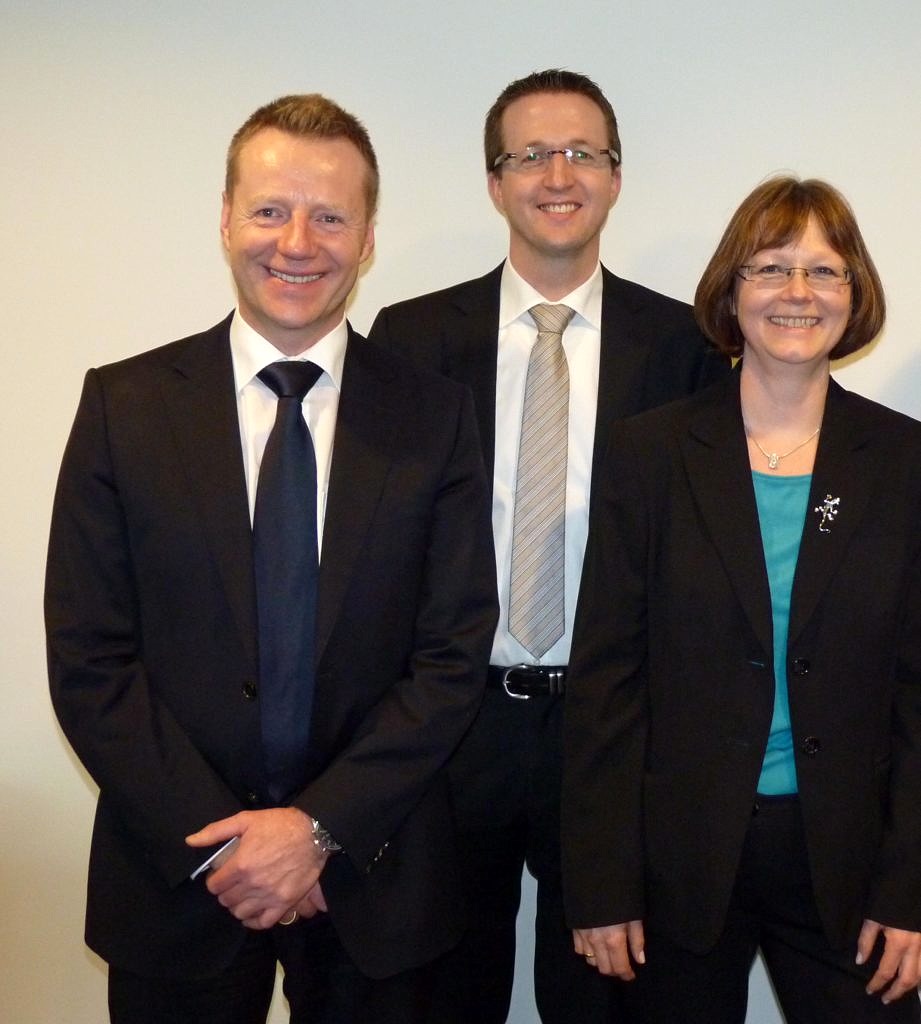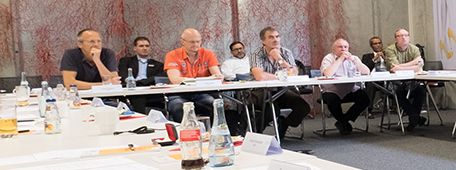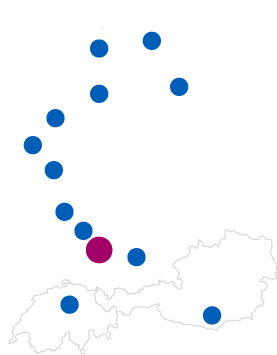District of Goslar
Strong connections
Around 230,000 m2 of gross floor space in 65 buildings, almost 90 percent of them school buildings – for the district of Goslar, that much space posed high demands for efficient management. Planning and implementing new construction, renovations, and expansions, constant building maintenance, refurbishment and repair of the buildings themselves, and technical building facilities all added up to a wide-ranging set of tasks to handle. The Facility management service department is responsible for all of it under the Education and Culture division, and the department also includes landscape management and school organization as well.
Challenge
To streamline and optimize organizational processes here, and to avoid redundant data storage and the time-consuming evaluations, etc. that go along with it, the district pushed to acquire a software-supported solution in the fall of 2009. The most important performance feature they were looking for was a seamless connection to the existing financial process, used everywhere with blanket coverage and based on mySAP ERP technology.
The Lower Saxon district with around 143,000 inhabitants has been using a double-entry financial system since the start of 2009. It is operated in the high power computing center of IT service provider Kommunale Datenverarbeitung Oldenburg (Municipal data processing Oldenburg), or KDO for short. When plans began to crystallize for the technical support for facility management in fall of that year, the project managers were certain they could only use a software with good integration capabilities, in order to ensure an easy exchange of data with financial accounting. In addition, their list of requirements included such aspects as user-friendly operation, an easy to understand menu structure – in order to gain better acceptance by employees – and the integration of CAD plans, documents, etc., cleaning and energy management, and last but not least an interest in keeping costs low.
Solution
They decided to work with facility management by Axians Infoma. While the Infoma newsystem product family process impressed even during the intensive decision-making phase by providing all the performance features the district needed, the final deciding factor was the fact that KDO – a long-time member of Infoma’s partnergroup – could offer implementation of the project from a single source. This means that KDO took on responsibility for management, process analysis, launch consulting, system set-up, and user training, as well as the smooth exchange of data between the different programs. The partners took on the connection to the Goslar financial accounting system, including creating the SAP interface to the Axians Infoma product, together in view of the district’s specific details. This laid the groundwork for an exchange of data on the three levels of master data (creditors / debtors / address management, general ledger accounts, cost center groups, payers), transaction data (reserved funds, invoice postings), and budget data. The data exchange is bi-directional – from the financial process to facility management and vice versa.
Efficient measure management
Before the launch, planned for the start of 2012, the necessary master data first had to be collected. For the Facility management office, the goal was to collect and structure data on the existing properties and buildings, then transfer this data to the system – with blanket coverage down to the building level, and in some areas down to the room and floor area level. At the same time, the district worked to develop a concept for planned measure management. The module handles planning, implementation, and monitoring of measures, while constantly comparing costs for maintenance and required investments with the planned budget. The measures entered into the system are linked directly to the cost center group, the payer, and the general ledger account or investment account or budget. Orders can be generated directly to external companies from the defined measures.
Benefits
The start of go live went according to plan. All of Goslar’s requirements were fulfilled, and they were glad to use their opportunity as pilot users to add their own requests and ideas to the development process. Their experiences in just the first few months showed the major advantages of this kind of intelligent integration. Overall, they were able to optimize building management processes, especially for assigning orders. All users (currently around 20 individuals) have direct access to the financial and booking data through measure management. This eliminates much of the work that used to be necessary to coordinate and compare available and already utilized budgetary funds. Employees in the construction area don’t need access to the SAP process, since this information is visible directly in Infoma newsystem.
Today, the majority of orders and contracts can be entered by technicians in just a few minutes with no wait time, reserved in the system, and converted into an automated order slip. Before Infoma newsystem was introduced, this transaction process had to be completed by multiple employees, since the order could only be granted after ensuring finances were available and only after it was entered into SAP. This process led to lost time.
Britta Sauthof, Department of Education and Culture and a key participant in the project, gives her initial summary: “Our colleagues are comfortable working with the system, and are generally able to generate error-free posting records for import into SAP. Now we have a good basis of information.”
Fast acceptance
One reason for this fast acceptance is that screens are easy to operate and tailored to the processor. They also map work processes in a practical way, including in conjunction with financial procedures, making them convenient to use. Other ideas have emerged from everyday use and been developed through joint dialog, like adding fields to the form that give contractors extra, important information right on the purchase order – such as contact data for the local building manager or a mailing address for specific building sections.
The district is not yet using all of the functions of their Infoma newsystem modules Basic, Measure management, and Maintenance. However, they are planning to use additional models such as Equipment, Cleaning management, Consumption data recording, and Energy management. Furthermore, they are also considering different reporting options and integration into CAD.
After a successful launch, everyone involved in the joint project appreciates the close and constructive collaboration they enjoyed. The district of Goslar now has a flexible process to handle all of their requirements in municipal facility management, offering extensive synergy effects by also using data from financial accounting.

Satisfied faces from the joint project: Stefan Beering, Axians Infoma, Project Manager, Martin Sunder, KDO Product Management, Britta Sauthof, District of Goslar Department of Education and Culture (from left)
Key data
Product Facility management
State Lower Saxony
Number of inhabitants
143.000
User of Facility management since 1/1/2012, including Measure management and Maintenance, with connection the SAP financial system used.


























